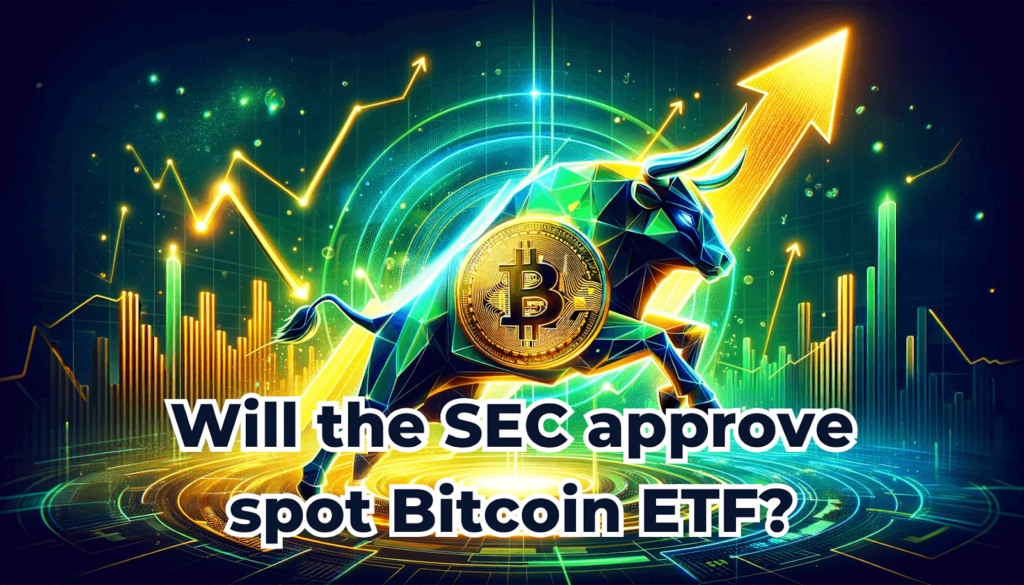The cryptocurrency market is experiencing a notable upswing, highlighted by Bitcoin (BTC) surpassing the $47,000 mark, its highest level since April 2022. This positive trend can be attributed to several key factors, including the anticipated approval of a Bitcoin Exchange-Traded Fund (ETF) in the United States, increased institutional adoption, and growing mainstream recognition of blockchain technology. These elements collectively contribute to growing confidence in Bitcoin’s potential and an overall bullish sentiment among cryptocurrency enthusiasts.
But Bitcoin isn’t the only name making waves in the crypto scene. Let’s explore some other prominent cryptocurrencies and what makes them unique, including ApeMax, Celestia, Bonk, Skale, Kaspa, and Sei.
- ApeMax (APEMAX)
ApeMax shines with its inventive “Boost-to-Earn” staking system. During its current presale, ApeMax provides early purchasers instant access to their tokens, allowing them to use the coin’s functions immediately. Its most notable feature is its “Boost to Earn” staking, allowing users to stake entities they care about while earning ApeMax tokens.
The ApeMax presale has seen a rapid rise, attracting over 9,000 token holders so far. Qualified token buyers now have a limited window to acquire discounted loot boxes.
- Celestia (CELT)
Celestia, a modular interoperable blockchain network, seeks to overcome the scalability challenges faced by existing blockchains by offloading computation to specialized rollup chains. Its goal is to forge a “network of networks,” facilitating effortless communication and data transfer among different blockchains. With its distinctive architecture and emphasis on interoperability, Celestia stands out as a potential game-changer in the Layer-1 domain.
- Bonk (BONK)
Emerging from the vibrant Solana ecosystem, Bonk is a meme coin with a twist. Unlike its Dogecoin predecessor, Bonk boasts a novel tokenomics model designed to incentivize long-term holding and discourage market manipulation. Its community-driven approach and focus on fun and engagement have garnered significant traction, making Bonk a prime example of the growing meme coin phenomenon.
- SKALE Network (SKL)
Designed to address Ethereum’s scalability limitations, SKALE Network offers a suite of side chains that operate in parallel with the mainnet. This allows for faster and cheaper transactions while maintaining security through Ethereum’s Proof-of-Stake consensus mechanism. SKALE’s focus on scalability and its integration with the Ethereum ecosystem make it a compelling option for developers seeking to build high-performance decentralized applications (dApps).
- Kaspa (KAS)
A Proof-of-Work (PoW) cryptocurrency with a unique mining algorithm, Kaspa prioritizes decentralization and security. Its algorithm is designed to be ASIC-resistant, preventing centralized mining pools from dominating the network. Kaspa’s focus on fairness and its commitment to PoW principles resonate with a segment of the crypto community seeking alternatives to Proof-of-Stake (PoS) blockchains.
- Sei (SEI)
SEI, is a relatively new cryptocurrency making waves in the DeFi space. SEI has laser focus on one crucial aspect: high-speed, efficient decentralized trading. SEI’s unique architecture and hybrid consensus mechanism aim to deliver lightning-fast finality, low costs, and fair trades for users.
What exactly is the Bitcoin ETF Approval?
An ETF (Exchange-Traded Fund) mimics the value of an asset, such as a stock or commodity. A Bitcoin ETF, in particular, mirrors the price movements of Bitcoin, offering a way for people to follow its value without directly owning the cryptocurrency.
Why does approval matter?
The authorization of a spot Bitcoin ETF would mark a transformative moment in the cryptocurrency realm. It would open up more straightforward channels for conventional buyers, including financial institutions and individuals, to engage with Bitcoin. This development would significantly broaden Bitcoin’s appeal and recognition in the mainstream landscape.
What hurdles exist?
Regulators still have concerns regarding potential market manipulation, volatility, and the risk of fraud. These worries have led the SEC to reject several Bitcoin ETF proposals in the past.
What will happen to Bitcoin? The Two Crucial Questions:
- Will a potential Bitcoin ETF approval ignite a sustained bull run, catapulting cryptocurrency markets to new highs?
An influx of institutional capital could provide a significant boost. However, regulatory uncertainties and broader market conditions still play a crucial role.
- Can these rising altcoins carve their niche in the crowded crypto landscape?
While potential abounds, navigating the ever-evolving market and discerning genuine value amid hype remains paramount for responsible investors.
Closing Thoughts
While the Bitcoin ETF looms on the horizon with its potential to bring institutional money and ignite a market surge, the world of altcoins simmers with innovation and niche appeal. ApeMax’s “Boost-to-Earn” staking and Celestia’s interoperable network pave the way for novel solutions, and other altcoins listed in this article cater to specific communities. Whether these altcoins steal the spotlight depends on their resilience, adaptability, and ability to innovate the blockchain further.
The content in this article is presented for informational purposes only and should not be construed as financial or investment advice. We strongly recommend that you conduct your own thorough research and know the risks involved. Cryptocurrencies are volatile and speculative, and investing in them involves significant risk.
For more information about ApeMax, please visit the official website for buying details and eligibility. Please note that ApeMax is not available in the U.S., Canada, and sanctioned countries.
